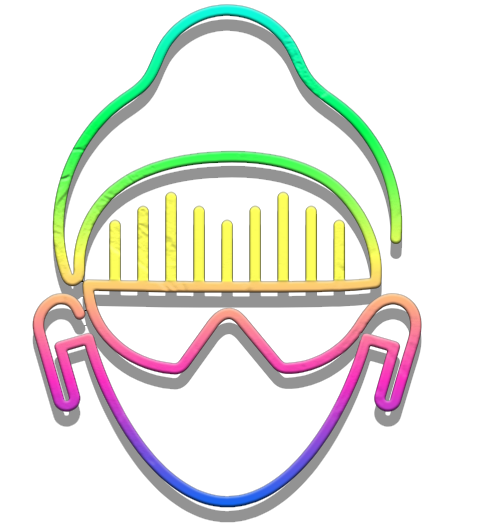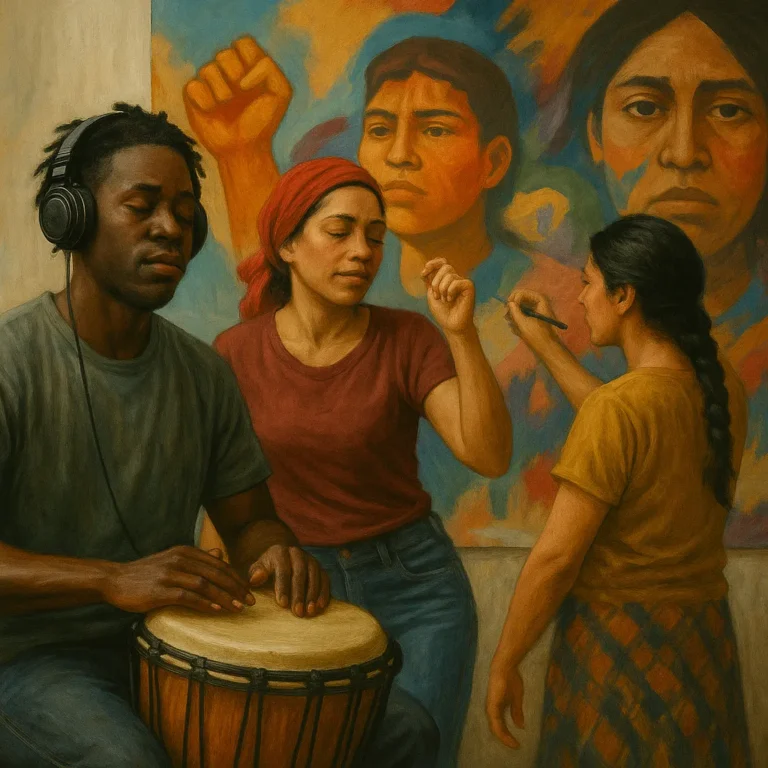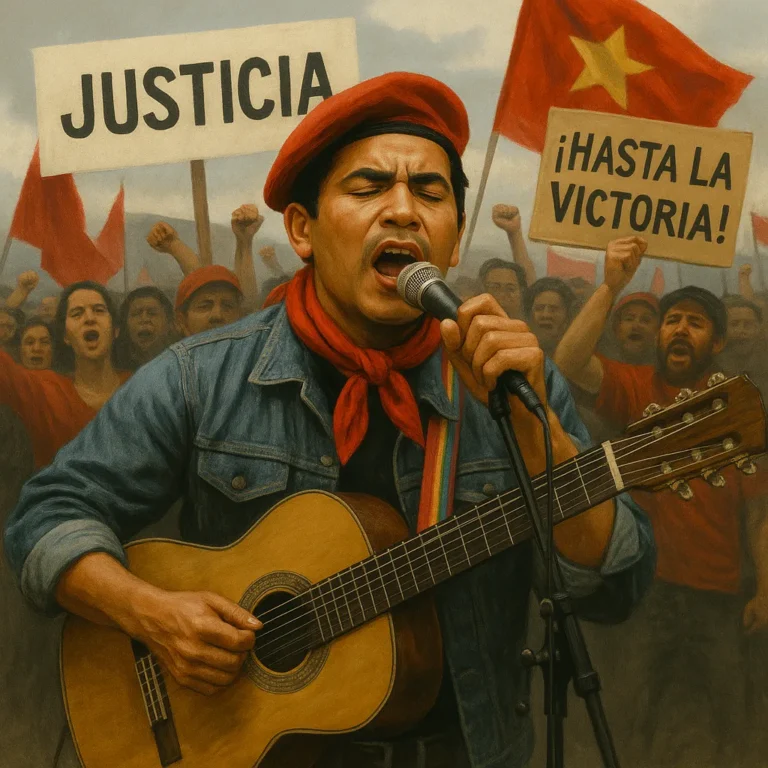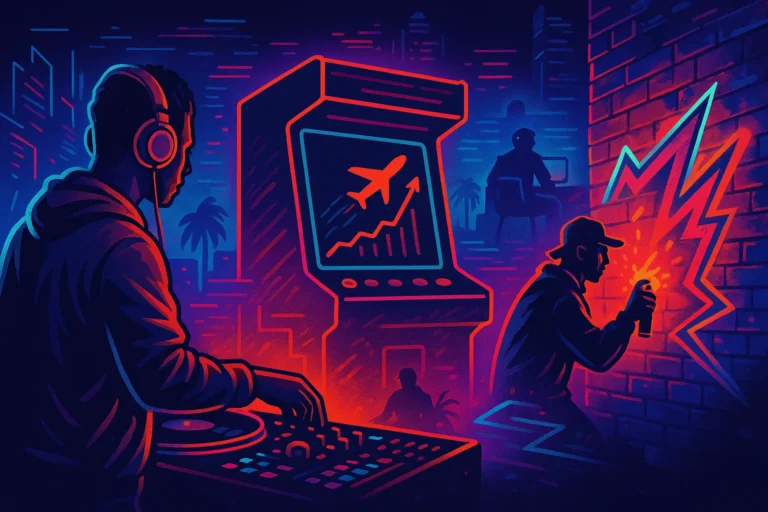Between Street Poetry and Digital Beats: How Young Artists Are Redefining Culture
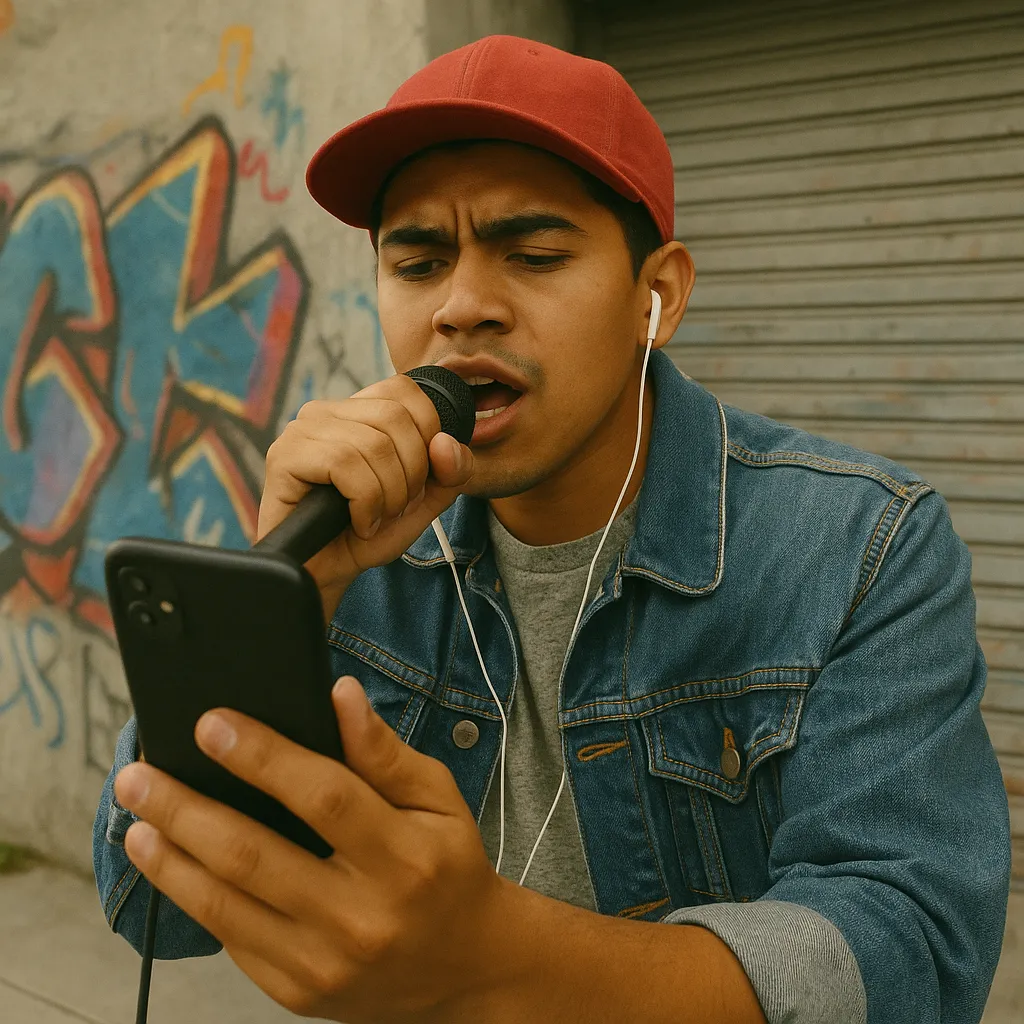
In today’s digital-first world, the smartphone is a studio, the platform is a stage, and approval from the music industry? No longer required. Young Latin American artists — both in their home countries and across the diaspora — are rewriting the rules. Their tools are simple: a mic (or phone), a beat, and a voice shaped by migration, resistance, and memory. The result is a new cultural language — born from spoken word, layered with digital rhythm, and shaped by algorithms.
The Street as Root, the Platform as Megaphone
From Spoken Word to TikTok Verse
What used to start in squats, cafés, and courtyard jams now finds its way to timelines, feeds, and streaming links. The word, often in Spanglish, still carries rhythm and protest — but it now hits you through TikTok, YouTube Shorts, or SoundCloud. And the vibe? Intimate, urgent, unfiltered.
Here’s what it looks like:
- Teens spitting boom bap rhymes while leaning on kitchen counters
- Lo-fi beat poems recorded under streetlights
- 15-second manifestos, disguised as trending Reels
It’s not about polish — it’s about presence. No label, no studio, no gatekeepers. Just the need to be heard, raw and real.
Digital Beats as the Rhythm of Now
Minimalism isn’t just aesthetic — it’s survival. For a generation raised on memes, remixes, and glitch loops, the beat is a collage of everything they live through. New artists build rhythm from scraps, noise, and daily life. Forget expensive gear — this is music built from the world around them.
Sound ingredients include:
- Barking dogs and sidewalk chatter as intro samples
- Beats born from subway recordings or passing trains
- Lo-fi melodies built with free MIDI packs and cracked plugins
This isn’t a lack of resources. It’s a deliberate choice. The city becomes the studio. Ambient chaos turns into groove. It’s a sonic way of saying, “This is my world — hear it as I do.”
Platforms as Arenas of Identity and Pain
TikTok, SoundCloud, and Bandcamp are more than distribution tools — they’re mirrors. They reflect a generation grappling with trauma, searching for identity, and refusing to be edited for comfort. The message is messy, personal, and deeply emotional.
What defines this space?
- Lyrics that tackle migration, queerness, mental health
- Languages bending and blending — Spanglish, slang, code-switching
- Rough edges as a mark of honesty: phone-shot videos, one-take vocals, zero filters
This transparency builds intimacy. It says: “I’m just like you — watching, recording, surviving.”
The Algorithm: Both Curator and Censor
Algorithms are double-edged swords. They give unknown artists a shot at virality, skipping the middlemen. But they also push content into neat boxes — and silence what doesn’t fit.
Consider the tension:
- TikTok favors short, snappy 10–15 second audio bites
- Instagram’s content moderation flags politically charged phrases
- Spotify leans toward polished, high-fidelity production
Yet, it’s this friction that sparks innovation. Artists learn to bend the format without breaking the message. They play the algorithm — or play against it — to keep control of their voice.
Rooted Yet Borderless: The New Global Local
Even as their content travels the globe, these young creators stay grounded. Their neighborhoods, their stories, their families — all show up in the art. Global reach doesn’t dilute their message. It sharpens it.
Look closely, and you’ll find:
- Lyrics loaded with references to street names, metro stops, local slang
- Album covers featuring corner stores, familiar graffiti, or home turf imagery
- Narratives centered on real communities: undocumented workers, queer teens, displaced families
The new culture isn’t anonymous. It’s deeply situated. These creators prove that being seen worldwide doesn’t mean losing your neighborhood soul.
